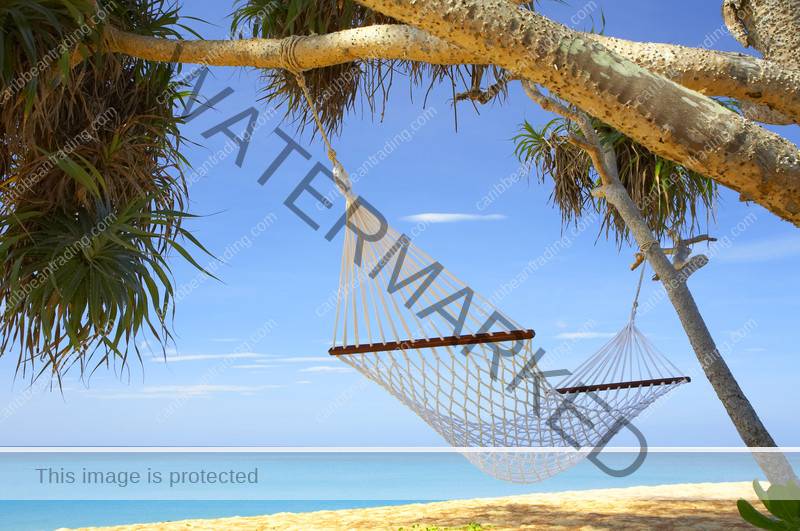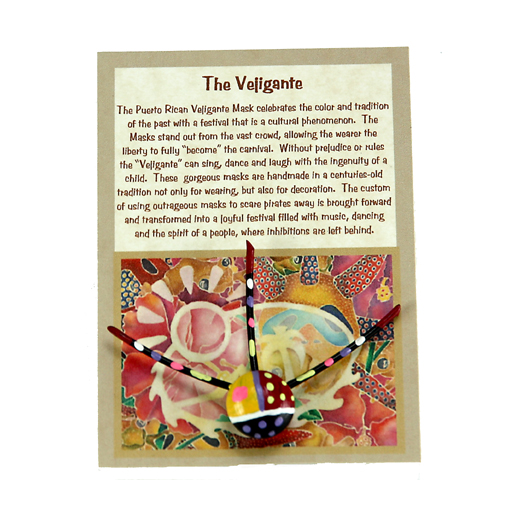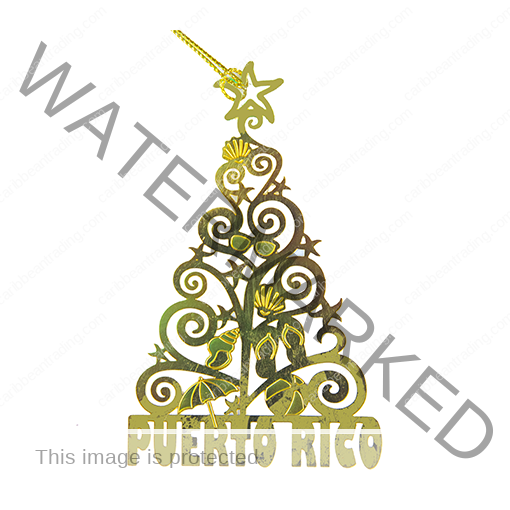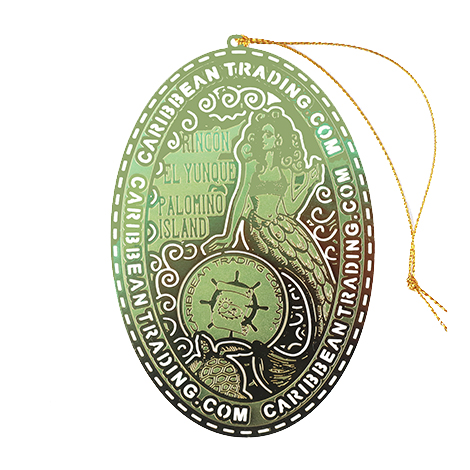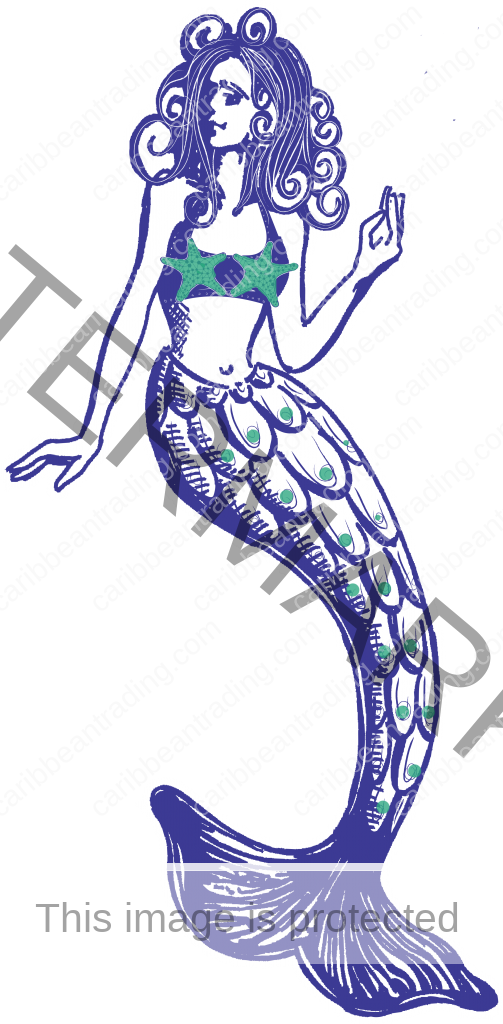Caribbean History, Caribbean Lifestyle, Culture, Kids, Puerto Rico
Culture of Puerto Rico: History of Hammocks
The history of Hammocks – an important cultural icon of the culture of Puerto Rico. Along the roadsides you can find many vendors selling all types of hammocks made of different materials, colors and styles. For many years they have been associated with Caribbean living because of the pictures at the beach with a hammock hanging between two palm trees. I want to give you a little more detail on the background, different types and how to hang one.
Background History of Hammocks
A hammock is a sling made of fabric, rope, or netting and is used for swinging, sleeping, or resting. It normally consists of one or more cloth panels, or a woven network of twine or thin rope stretched with ropes between two firm anchor points such as trees or posts. Christopher Columbus encountered hammocks for the first time when visiting Puerto Rico in 1492. He thought they were so handy that he used them aboard his ship. in fact, the word hammock is derived from the native Taino word hamaca.
Later, they were used aboard ships by sailors to enable comfort and maximize available space. Eventually hammocks were adapted by parents in the 1920s for holding babies to maximize comfort for the child.
Today they are popular around the world for relaxation; they are also used as a lightweight bed on camping trips. The hammock is often seen as symbol of summer, leisure, relaxation and simple, easy living. There are many different types and styles of hammocks and different ways to use them and hang them.
Types
In Puerto Rico you can find many hammocks similar to the Naval Hammocks and Mexican Hammocks. These were brought to the Caribbean and part of the culture of Puerto Rico when the Sailors found Puerto Rico and began inhibiting the island. Here are 4 or the most common types of hammocks in use today around the world:
Naval Hammocks: Around 1590 this type of hammock was adopted for use in sailing ships. It is made of canvas type material and hung in a spreader – a length of wood with a V cut in each end to hold the second hammock string for stabilizing. The first string on these hammocks was used to close the hammock once inside to keep out drafts and light.
Mexican and Mayan Hammocks: Arrived in the Yucatan from the Caribbean a fewer than two centuries before the Spanish conquest. This type is constructed from many different materials including palm fronds and heavy threads. Today this style is made on a loom and hand woven. It is so much part of the Yucatan’s culture that many homes in this area still have hooks built into the walls for holding these woven hammocks.
Venezuelan or Jungle Hammocks: The Venezuelan hammock’s panels were always made of breathable material, necessary to prevent the onset of fungal infections caused by constant rain and high humidity. Fine-woven sand-fly netting was eventually added to provide more complete protection from mosquitoes, flies, and crawling insects, especially in regions notorious for malaria or screwworm infestations. The United States Army eventually adopted their own version of the jungle hammock, complete with rain proof fly and sand-fly netting for use by U.S. and Allied forces in tropical jungle regions such as Burma during World War II.
Indian Hammocks: Ceiling mounted hammocks for babies are traditional in southern India. The material used is woven 5 meter Sari fabric, which is long enough to be hung high, yet reach low enough to be safe for young children. The light material allows perspiration and cooling in the hot climate native to this region.
How to Hang One
Today you can find many hammocks made from all kinds of material such as quilted-padded hammocks, netted hammocks and fabric hammocks. Most hammocks today are hung from either trees or wide-based stands that allow the user to rock gently and not fall over. You have to make sure that the hammock is securely fastened to whichever base you prefer before using it or placing children in one. Always supervise small children and never leave them alone when inside a hammock.
Liked this article about the history of hammocks? Join the Crew and Start the Journey! Connect with Us for News, Events, Lifestyle, and all things Caribbean by joining our Newsletter – Click Here to Join or find us on Facebook or Instagram.


